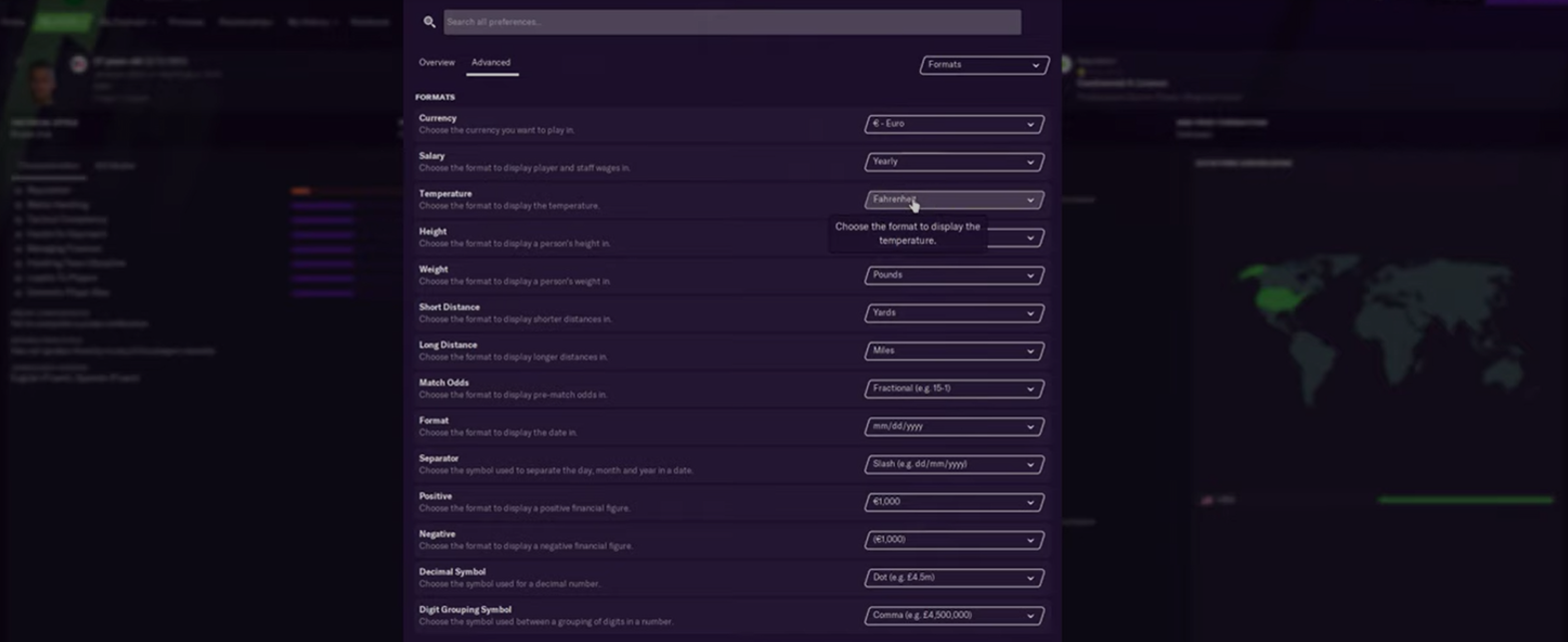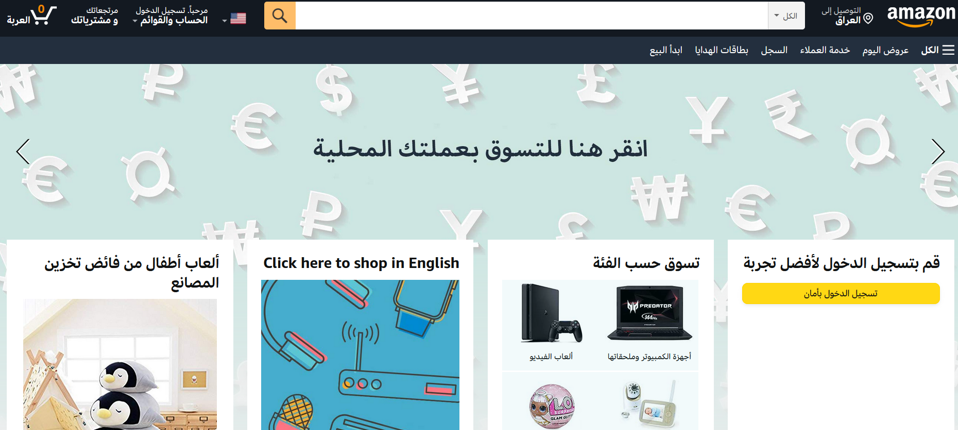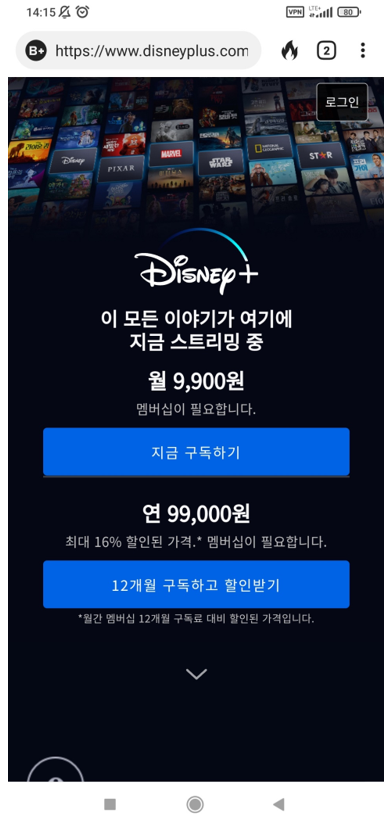Software localisation demystified
The terms “translation” and “localisation” are often used interchangeably; however, they are technically not synonymous. Localisation has a broader meaning, as it “involves taking a product and making it linguistically and culturally appropriate to the target locale (country/region and language) where it will be used and sold”[1].
In translation studies and – broadly speaking– in the entire translation industry, localisation is often abbreviated to L10n. Websites, advertising and marketing materials or, particularly often, software are the most commonly localised content.
Localisation may contain elements as distant from an ordinary text (translated with the use of words) as images of people pictured in textbooks or graphics gracing advertising brochures.
In this text, we want to focus on one of the most important types of localisation – software localisation. Within this process, we may distinguish user interface localisation, help content localisation (user documentation), as well as localisation of the essential content of the software in question.
When it comes to types of software, we can identify entire operating systems, utility software, games, and finally – web and mobile apps.
Software localisation – why is it essential?
When we are dealing with software translation containing multiple elements that vary depending on the target language, leaving them in their original form is pointless. Let’s look at some examples:




The first example presents a panel with time and date visible on the Windows taskbar. The clock uses a 12-hour format and the date – a year/month/day one. Although the Polish consumer is most likely familiar with the AM and PM abbreviations, writing the date with the year at the beginning would be rather unintuitive.
Of course, the default settings of Windows downloaded in Poland provide the date and time format used in our country. It’s also worth taking into account that same-language software that is available in different regions should also be localised.
In the US, the most common format is month/day/year, whereas in Great Britain – day/month/year.
The next screenshot presents the settings of the Football Manager 2021 game, which can be adjusted according to our individual preferences.
Depending on which units we are used to, we can set the temperature in Fahrenheit or Celsius, the distance in yards or metres and the currency (e.g. transfer prices) in euros, pounds or even zlotys.
In this case, the localised elements are not strictly related to the linguistic version of the game and users are able to modify them as they please.
The last example is a comparison of two Amazon home pages. Arabic is written from right to left, which is why the speakers of this language prefer an interface opposite to the Western one (that is, in a way, a mirror image of the “standard” language version).
One might think that the most significant thing is the content and that the layout is of secondary meaning, but that couldn’t be further from the truth. To better depict a website that was only translated, but not adjusted to the suitable style, we can visit, for instance, this automatically translated Arabic Wikipedia page.
The first (and the following) impression is rather confusing. As we can see, localising elements that are not text (content) is basically a necessity in the examples above. If we fail to do this, the distributor will probably get bad reviews and, in extreme cases (involving, for example, inconvenient or unintuitive page layout), users could completely boycott the new product.
How does the software localisation process work?
Depending on the type of content, the procedures carried out as part of software translation may be slightly different.
Let’s analyse the most important categories to find out what translators actually do. It’s worth mentioning that from the translator’s (or translation agency’s) perspective, it doesn’t matter which system the software localisation is prepared for.
Content for Android, Windows, iOS or Linux will go through the exact same stages of translation, editing and proofreading on the linguists’ part. Minimal differences may only derive from, for example, text length limits imposed by a given type of equipment (which we will discuss later on).
Software localisation – interface translation
From a linguist’s perspective, this aspect is the most difficult and time-consuming. User interfaces consist of a long list of buttons, pop-up windows, categories, etc., which rarely make up a cohesive text.
Typically, they are short phrases, the so-called strings, that appear separately, such as Edit, Download, Are you sure you want to delete this file? and so on. They are, therefore, files that are so different from what is usually associated with the job of a translator (novels, agreements, instructions, etc.) that the standard rules dictating our profession cannot be applied here.
The interface content is, of course, woven into the program code. It is necessary to “remove” the text from the code so that the translator can receive a text in a “consumable” form.
Most often, the strings extracted from a given code are put into a spreadsheet and don’t contain the majority of the programming language syntax – only tags used for formatting purposes ( and so on).
CAT tools are also able to hide these elements, so that they won’t distract the translator who wants to focus solely on the content (although it’s good practice to provide the source text as well, so that the translator is able to make adequate decisions regarding the outcome of the translation).
At the locatheart agency, we are ready to help the client so that they can easily share content with us in a format that is convenient for our linguists.
It’s extremely important not to exceed the length limits while translating an interface – especially in the case of mobile apps. Phone screens are very narrow compared to computers; therefore, it is often necessary to shorten a text so that it doesn’t exceed the visually dictated number of pixels – this value is most commonly converted to characters, so that linguists are aware which number they should aim at.
Due to the difference between the average text length in a given language (for instance, it is common knowledge that German is longer than English), such limits should be flexible and roughly calculated.
However, it is rarely the case in practice, which is why translators need to be prepared to reach new heights of creativity. It should be emphasised that when it comes to interface translation, additionally provided instructions are of extreme importance.
They should mainly concern the context of a given string. Screenshots and other types of graphics which make it easier to understand a given expression are also useful. This type of references can be added to the translation package submitted to a translation agency.
Software localisation – help content translation
The texts described in this paragraph are more similar to the “standard” ones, as they are also similar to all kinds of instructions. A continuous text is certainly easier to translate than interface elements, but even in this case, content doesn’t exist in a vacuum.
We should remember that when it comes to help content, the names of panels, buttons, tabs, processes, etc. need to be consistent with the software interface nomenclature. Glossaries and translation memories can be of great help here as well.
Technology market giants also have repositories of translations of buttons, functions and so on. The Microsoft base is available for the public.
For example, in the case of Polish, the form by which we address the users of help content or FAQ is also important. Although, when it comes to the interface, it is always second person singular (e.g., “Zapisz”, “Kliknij”, “Usuń”, “Edytuj”).
In instructions, we can sometimes come across impersonal forms (“[Należy] kliknąć przycisk X”, etc.), but they are becoming inferior to the personal forms.
It’s also more common to write personal pronouns with a capital letter (“Ty”, “Ci”, “Twój”, etc.), which derives from the very beginning of the Polish netiquette.
We can observe these rules being used in practice in the Google Help Centre texts (example).
Software localisation – translation of the essential part of the software
Depending on the programme, interface elements might make up the entirety of the content (in Paint, all texts are buttons and captions) or a separate entity.
When we translate an educational programme for children, the majority of its content will describe the discussed topics, descriptions of pictures, tables and so on.
We may put it within the scope of literary translation, as those types of texts could appear in a book or a magazine if slightly altered. Similar is the case of translating games.
Moreover, while translating software content, it’s worth taking into account the entire communication style of the product brand.
Maintaining consistency in this area (using the same tone of voice in marketing materials, ads and applications) puts the company that is publishing the software in a good light.
Similar to the case of glossaries, brand books may also prove to be useful. Generally speaking, the more additional information relevant to the context of the translation you provide, the better!
By the way – a bit earlier we mentioned languages that use right-to-left writing systems. The diversity of forms should be considered already at the stage of planning the software design, so that various options aren’t blocked by the structure of a given application itself.
Game localisation
Translating video games may be one of the most extensive localisation undertakings of modern times (but who knows what the future holds?). Help content oftentimes takes the form of tutorials embedded into the world presented in the game; part of the interface are also the names of items acquired by the players, and the translation of the “essential content” is a combination of literary and audiovisual translation.
Within the same title translated are all dialogues, descriptions of the main story missions and side quests, tips and so much more. Audiovisual translation in the form of subtitles and dubbing may coexist (this type of approach is now an industry standard in localising AAA games) – and every single type of content has to be translated, proofread and recorded.
Except for extremely small-scale productions, it’s not realistic to have one translator prepare all the content – more often than not developers rely on the services of localisation agencies who work with multilingual teams of linguists with experience in game translation.
Extremely important is also the role of voice actors (and recording studios) who lend their voices to the characters for the dubbed language versions. Working with a game developer oftentimes involves customisation of certain processes on the side of linguistic specialists.
Many companies from the gamedev branch implement the agile methodology when working on their productions, which mainly means delivering new versions of a given software in short periods of time. In other words, the published game is constantly updated and enriched with new functions.
This type of work requires a constant flow of information between the developer and the translation agency, as well as efficient project management procedures. At locatheart, we apply certain techniques of the agile methodology when the cooperation with a client requires so. We also have broad experience in game localisation.
Localisation – not only text
As we have mentioned several times, localisation also means replacing non-text elements with ones that are more adapted to the new market. Among others, it takes the form of adjusting graphics elements visible on web apps available in different parts of the world. As we have come to an end, we would like to show you an example of such an activity.



In the screenshots, we can see the home page of the Disney+ streaming service, accessed from Polish, Japanese and Korean IP addresses, respectively. At first glance, we can see that the graphics with the movie posters are arranged slightly different in the Polish version and in the Far Eastern ones. For instance, in the Korean version, one of the advertised productions is a local TV series, Rookie Cops, which is not present in the other graphics.
Moreover, the Japanese and Korean websites greet the user with the information about the subscription price. In the Polish version, the only thing that’s mentioned is a special offer, but there is no price specified.
What’s interesting is that the window for entering your email address is visible on the home page of the Japanese and Polish versions – unlike the Korean version.
We are not trying to explain the reasons for those differences – various aspects had influenced those decisions, some of which had been made by translators and linguists, and others by marketing teams and developers.
As we can see, localisation projects – no matter how big – engage many different parties that cooperate to achieve the most satisfying results. In such conditions, working with a professional partner that understands the developer’s needs is an absolute necessity.
Sources:
[1] Localisation Industry Standards Association, from: Munday J. (2008), Introducing Translation Studies, Routledge.






Leave a Reply